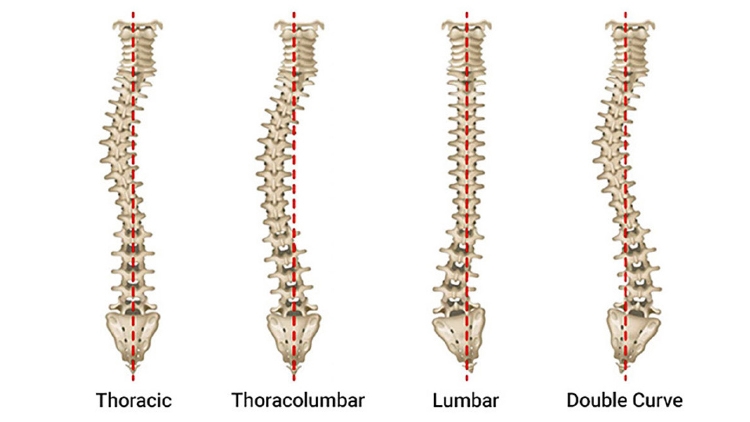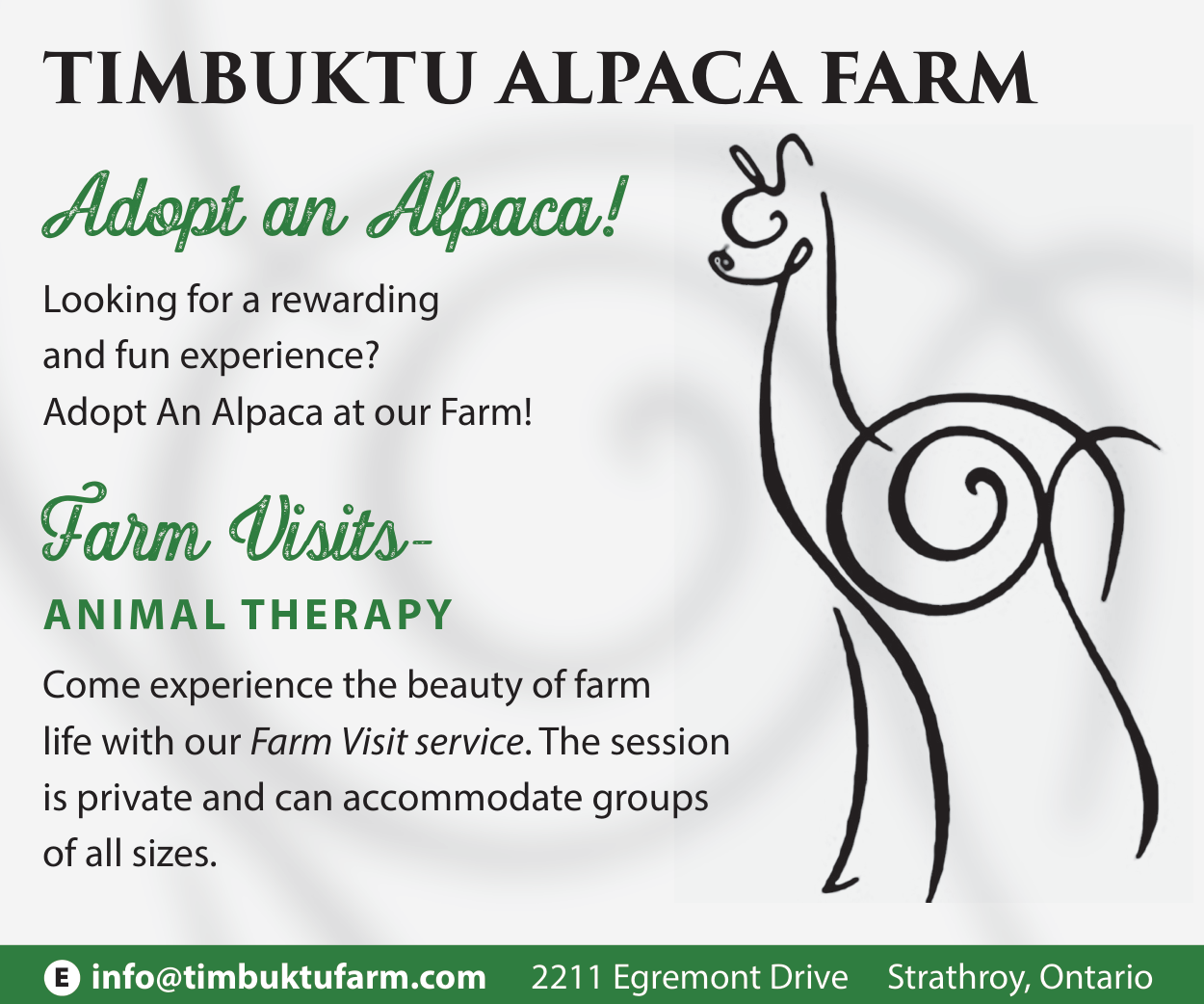Early Detection is Key for Scoliosis
Adolescent Idiopathic Scoliosis (AIS) is the most common spinal deformity in the world. It affects 2-3% of the adolescent population with 0.5 – 1% of individuals requiring orthopaedic intervention. The spine should grow straight like a letter “I” however when an individual has AIS, they present with a curvature in the spine that looks like the letter “S” or “C”. Depending on the progression of the condition, your child’s spine may also begin to twist (like a corkscrew) making the ribs appear uneven. Scoliosis is typically painless in early adolescence however as the curve worsens, noxious symptoms appear. Early detection is vital for best treatment outcomes because spinal deformities progress quickly during periods of skeletal growth – right before and during puberty.
Scoliosis screening used to be a standard in Canadian schools however the program was stopped many years ago resulting in some missed diagnoses. Current recommendations suggest screening children between grades 6-9. You can assess your own child for the following symptoms:
– Shoulder or hip asymmetry (one may seem more “droopy” than the other)
– Unequal arm gapping between arm and torso
– Head may not be centered over the rest of the body
– One shoulder may stick out more than the other
– Child may complain about back pain (but not common)
– Visible S or C shaped spine in the back
If you suspect scoliosis, consult your family doctor because a spinal x-ray is required for formal diagnosis and to determine the best treatment plan. Mild scoliosis curves are monitored with routine x-rays to assess for progression. Moderate scoliosis is orthotically treated with a specialized back brace to prevent progression during periods of growth, while severe scoliosis curves or curves detected after growing has stopped require surgical intervention.
There’s no quick fix for scoliosis. Wearing a brace or recovering from surgery takes time. For some individuals, this can be tough. However, when treatment is over, people with scoliosis are able to live a full and active life. If you have any questions or concerns about scoliosis or if your child is affected, please do not hesitate to reach out to our office. We would be happy to answer any questions you or your family may have!
The Custom Orthotics Team (519) 850-4721 | office@customorthoticsoflondon.com | @cool_bracing














